RTK "Marker" on trials. New technologies and their future
Since 2018, the Foundation for Advanced Research, represented by the National Center for the Development of Technologies and Basic Elements of Robotics, together with NPO Androidnaya Tekhnika, has been developing a promising multipurpose robotic platform Marker. By now, the robot has been brought to various tests and regularly demonstrates its capabilities.
Security Robot
On October 7, the FPI announced the start of a new stage of testing the RTC "Marker" at a real facility of special importance. The Vostochny cosmodrome became the site for such a check. The events were held with the participation of the Okhrana Science and Technology Center of the Roscosmos State Corporation.
The tests involved a wheeled version of the Marker platform with a universal optoelectronic module. At the cosmodrome it was planned to work out the implementation robot multiple tasks. These are autonomous patrolling of territories along a given route, detection, identification and interception of violators, as well as the fight against unmanned aerial vehicles.
A few days later, the FPI reported on the tests. The events lasted from 8 to 14 October and showed all the new capabilities of RTC. Marker has confirmed its ability to autonomously drive along a given route using vision systems. If necessary, the robot avoided obstacles. At the same time, he monitored the integrity of the protected perimeter and monitored the state of communications and power supply lines. The autonomy of the RTK reached three days.
In the wake of tests at the cosmodrome, the management of FPI and Roscosmos highly appreciated the Marker project, its key technologies and prospects. Thus, the project manager of the National Center for the Development of Technologies and Basic Elements of Robotics Arkady Petrosov pointed out that Marker has the best object recognition capabilities in our country due to artificial intelligence and autonomous movement in an unknown environment.
The head of Roscosmos Dmitry Rogozin noted the high potential of the scientific and technical groundwork created in the RTK Marker project. In the future, new technologies can be used to create technology for researching the Moon and other celestial bodies.
Battle trials
October 19 RIA News, referring to its source in the defense complex, reported on other tests of the Marker complex. This time, the possibilities of group work of robots were tested, for which five vehicles in different configurations and configurations were simultaneously brought to the landfill.
The tests involved three robots on a wheeled chassis and two unified tracked vehicles. Such a group independently and without human intervention conducted reconnaissance and identified conditional targets. Also, RTKs exchanged data and distributed targets, looked for optimal firing positions to defeat them and reacted to changes in the situation.
Events of this kind clearly show the current success of the new project and its overall potential. RTK Marker already copes with group work and its characteristic tasks. Further development of this direction will give obvious positive results.
New Technologies
The goal of the Marker project is to create and test new technologies and components in the field of autonomous ground-based robotic systems. A complex of hardware and software modular architecture with wide capabilities has already been developed and is being tested.
The project focuses on the issues of technical vision, stable communication and navigation, autonomous movement and various ways of working and control. Also, the compatibility of the control complex with different carrier platforms and target equipment is being tested. The combat equipment of the RTK provides for the use of its own reconnaissance UAVs.
A set of controls allows the "Marker" to work according to the operator's commands, and some of the driving tasks are taken over by the automatics. However, the main one is the autonomous mode, in which the RTK independently studies the terrain and builds a route, as well as performs other tasks. Methods of group application from two to five RTKs have been brought to real tests.
To date, a high level of autonomy and independence has been obtained, but work in this direction continues. It is planned to improve and expand such capabilities of the RTK. The ultimate goal is the ability of the robot to independently perform various tasks at the maximum distance from the operator, limited only by the running characteristics of the platform.
Implementation of ideas
The control equipment of the RTC "Marker" is being tested on specially designed self-propelled platforms of two types. These machines are built using common components and solutions, but are equipped with different chassis. The use of tracked and wheeled platforms makes it possible to more fully develop the capabilities of new control systems and RTK as a whole.
Experimental platforms are made on the basis of a unified hull. They are equipped with a hybrid power plant that powers propulsion electric motors, experimental control systems and payloads. Autonomy is declared up to 3 days. The wheel version has three axles and four-wheel drive. The tracked modification received a five-wheel chassis.
Around the perimeter of the building there are technical vision devices - video cameras, lidars, etc. They provide all-round visibility and form a complete picture of the environment and the accessible road. A seat in the center of the roof is intended for the payload.
It is possible to use different loads. In recent tests, a universal optoelectronic module was used. Also, a combat module similar in design was developed, equipped with optics, a machine gun and rocket-propelled grenades. Weapon supplemented by light UAVs for aerial reconnaissance.
Thus, the experimental complex "Marker" includes a set of all the main components of various kinds with certain functions. From them, according to the modular principle, an experienced robot with the required composition of units and the required capabilities can be built. This approach greatly simplifies testing and development of new technologies, incl. in real-life conditions.
Great future
In just a few years, the experimental project of the "Marker" robotic complex was brought to full-scale tests with the solution of the most difficult tasks, such as autonomous protection of objects or group combat work. All these events are taking place with some success and confirm the characteristics and capabilities of the complex. In addition, with their help, the remaining shortcomings are revealed, which are corrected in the future.
As the development organizations point out, RTK Marker in its current form is experimental and is not intended for full-fledged operation. However, based on the results of current work, technical solutions and sets of units will be created, suitable for use in "real" projects.
Promising RTKs will be developed in accordance with the requirements of customers, and therefore will be able to more fully realize the potential of new technologies. The developments on the "Marker" are planned to be used in the creation of new ground equipment for military and other purposes, and even in future projects of planetary rovers. Recent news shows that the implementation of such plans is now only a matter of time.
- Ryabov Kirill
- FPI / fpi.gov.ru
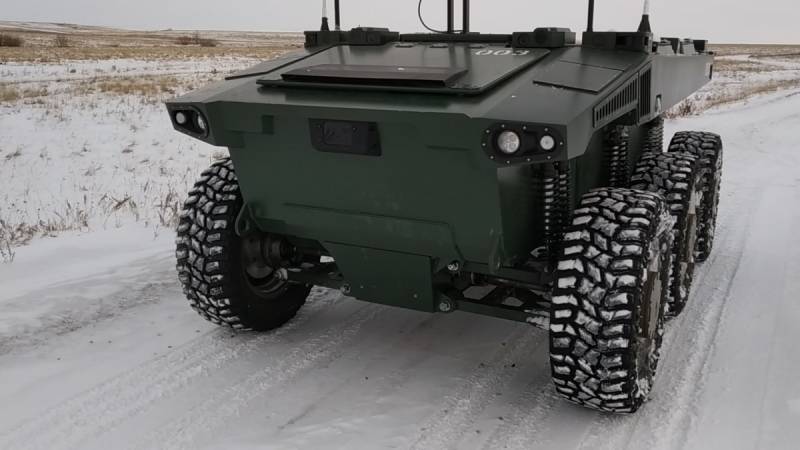
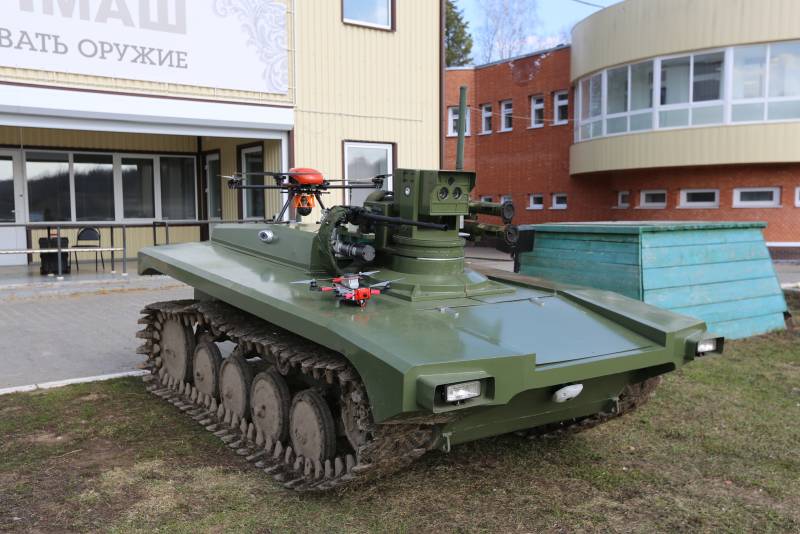
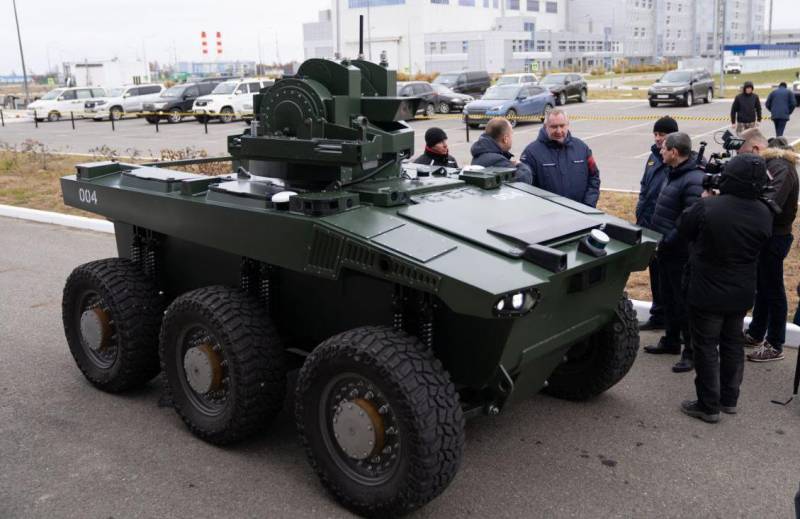
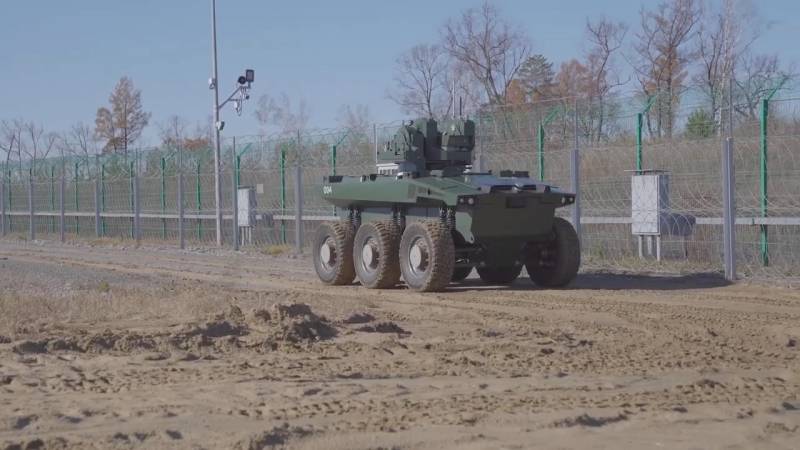
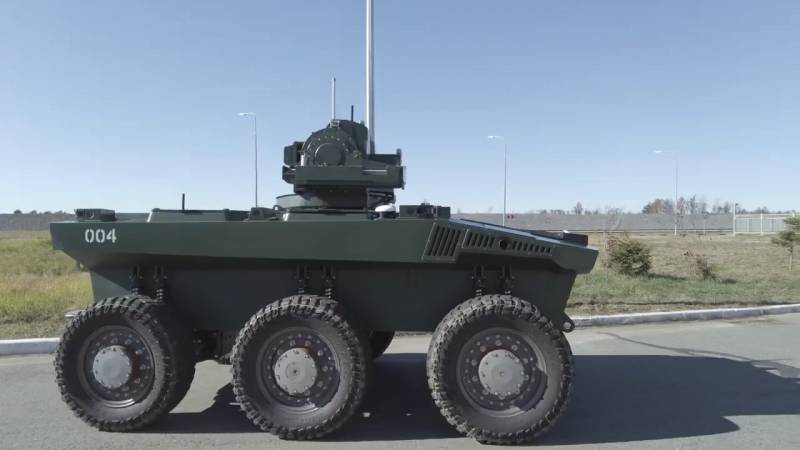
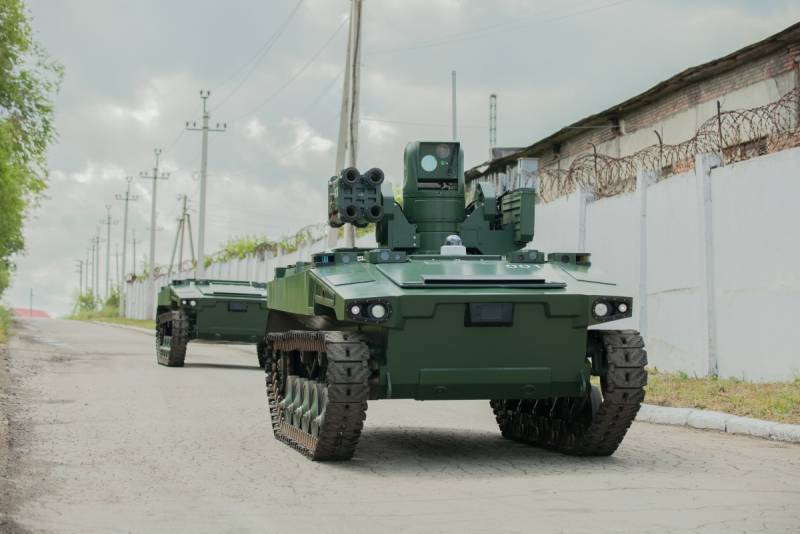
Information